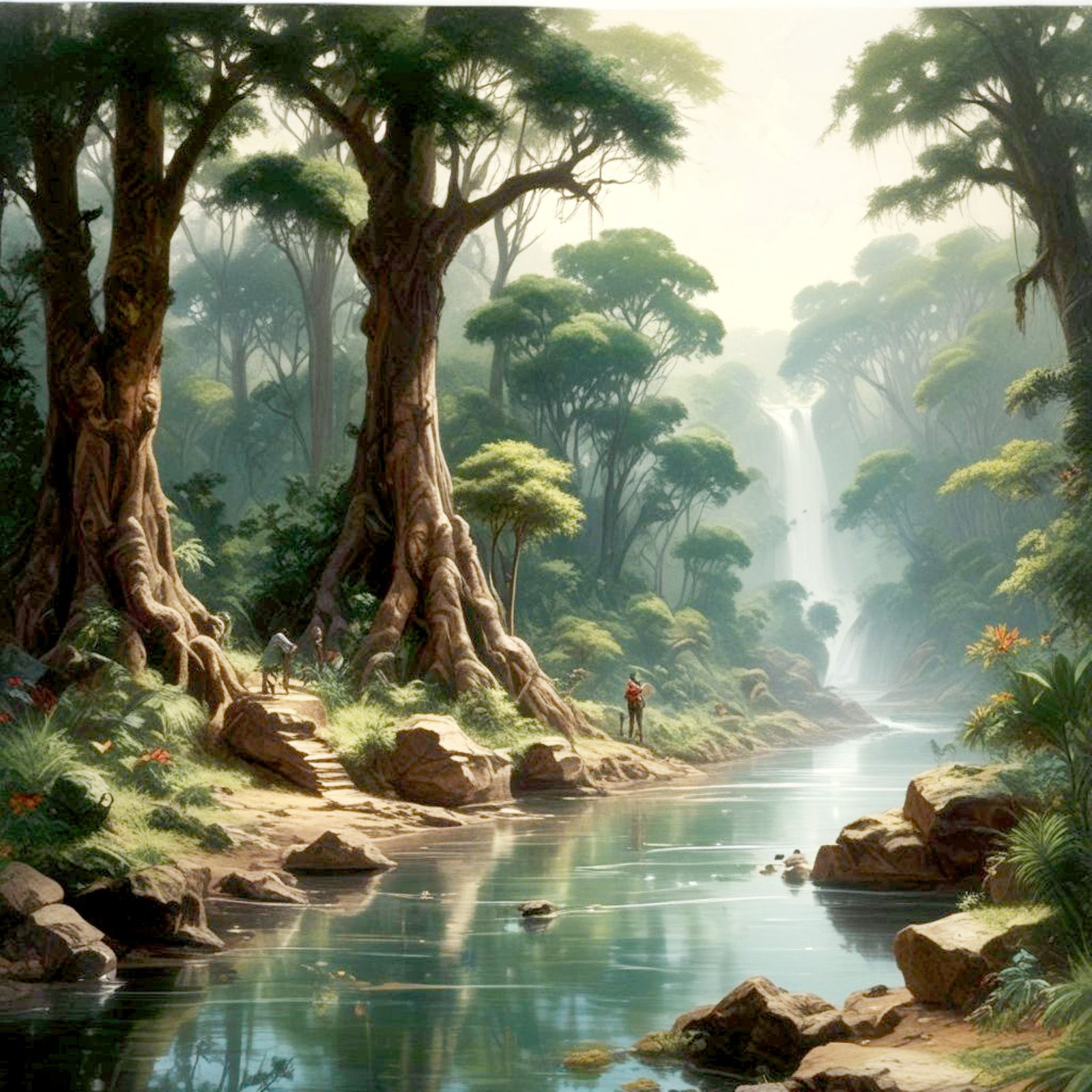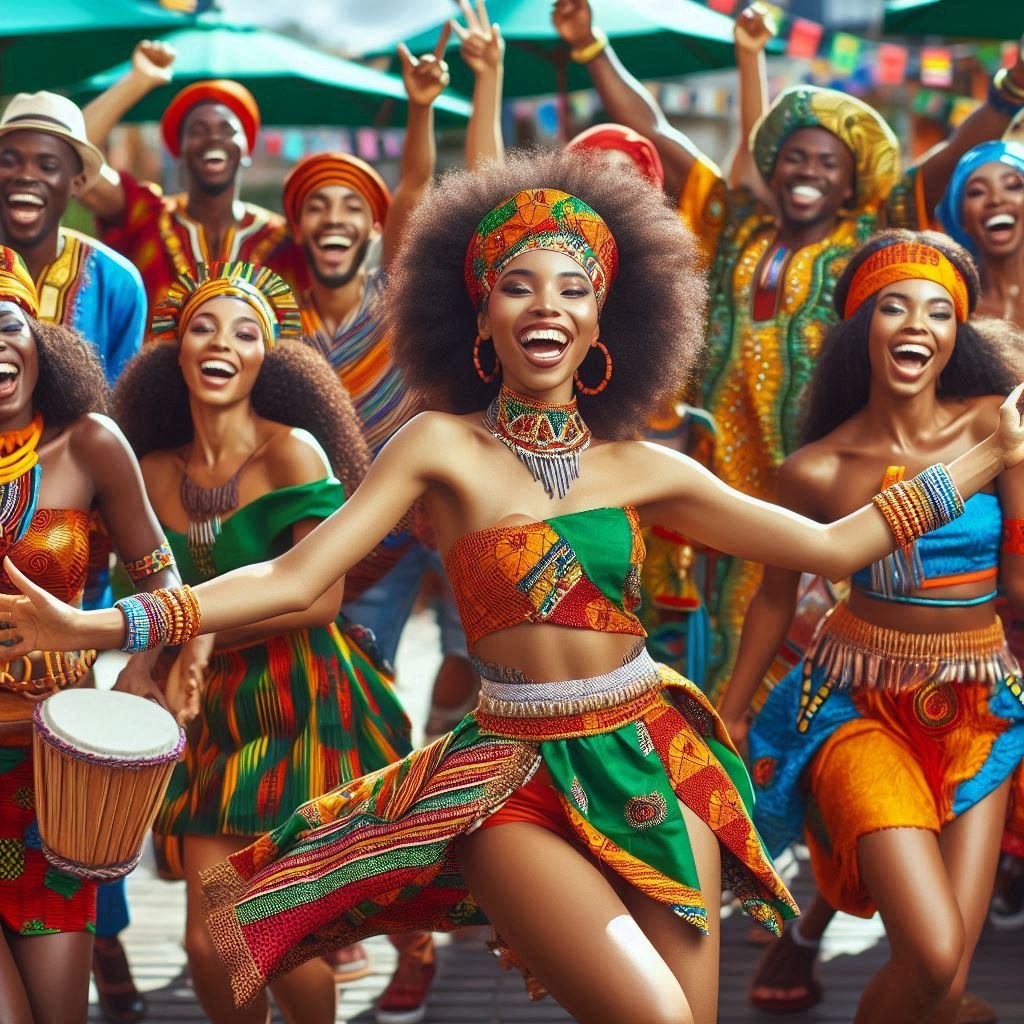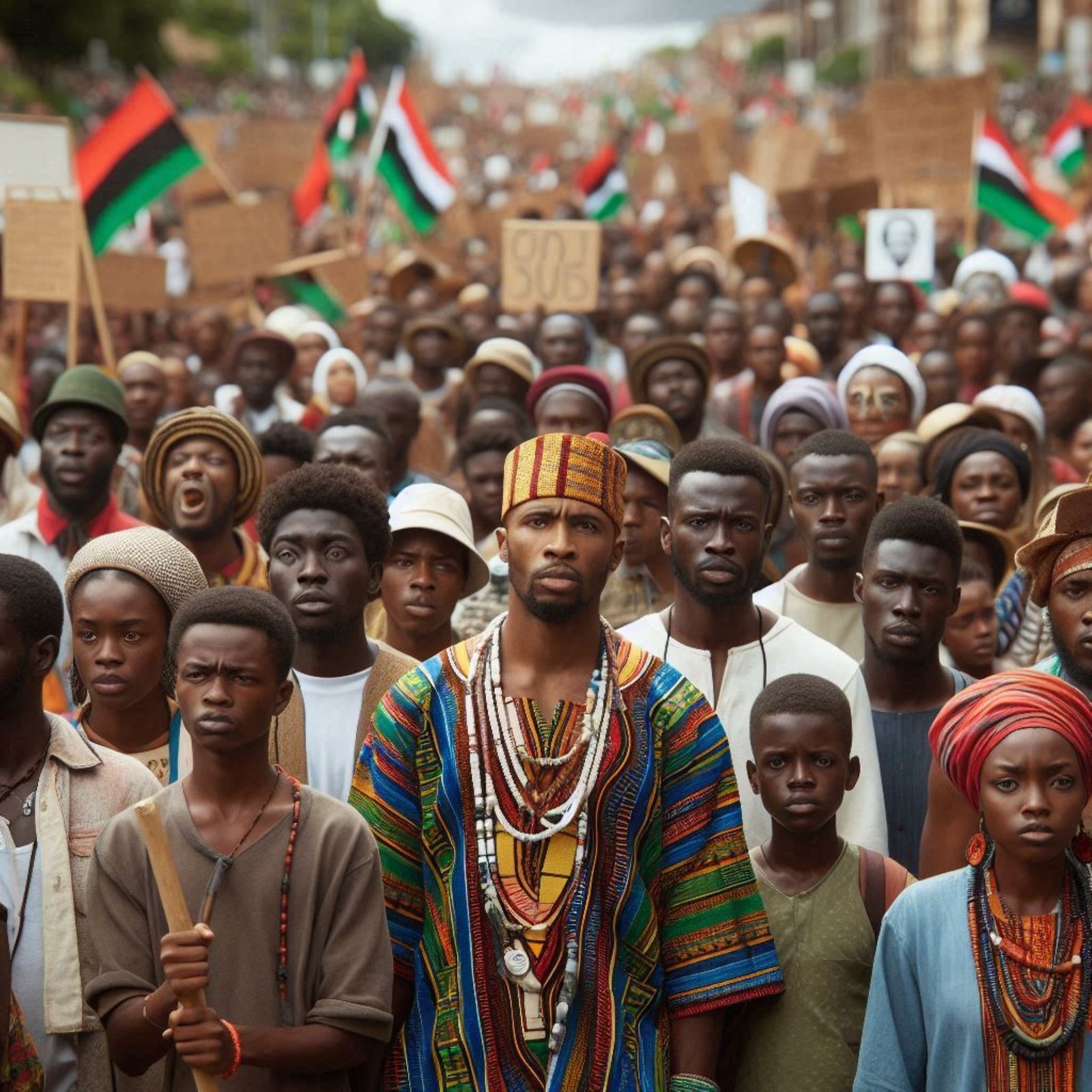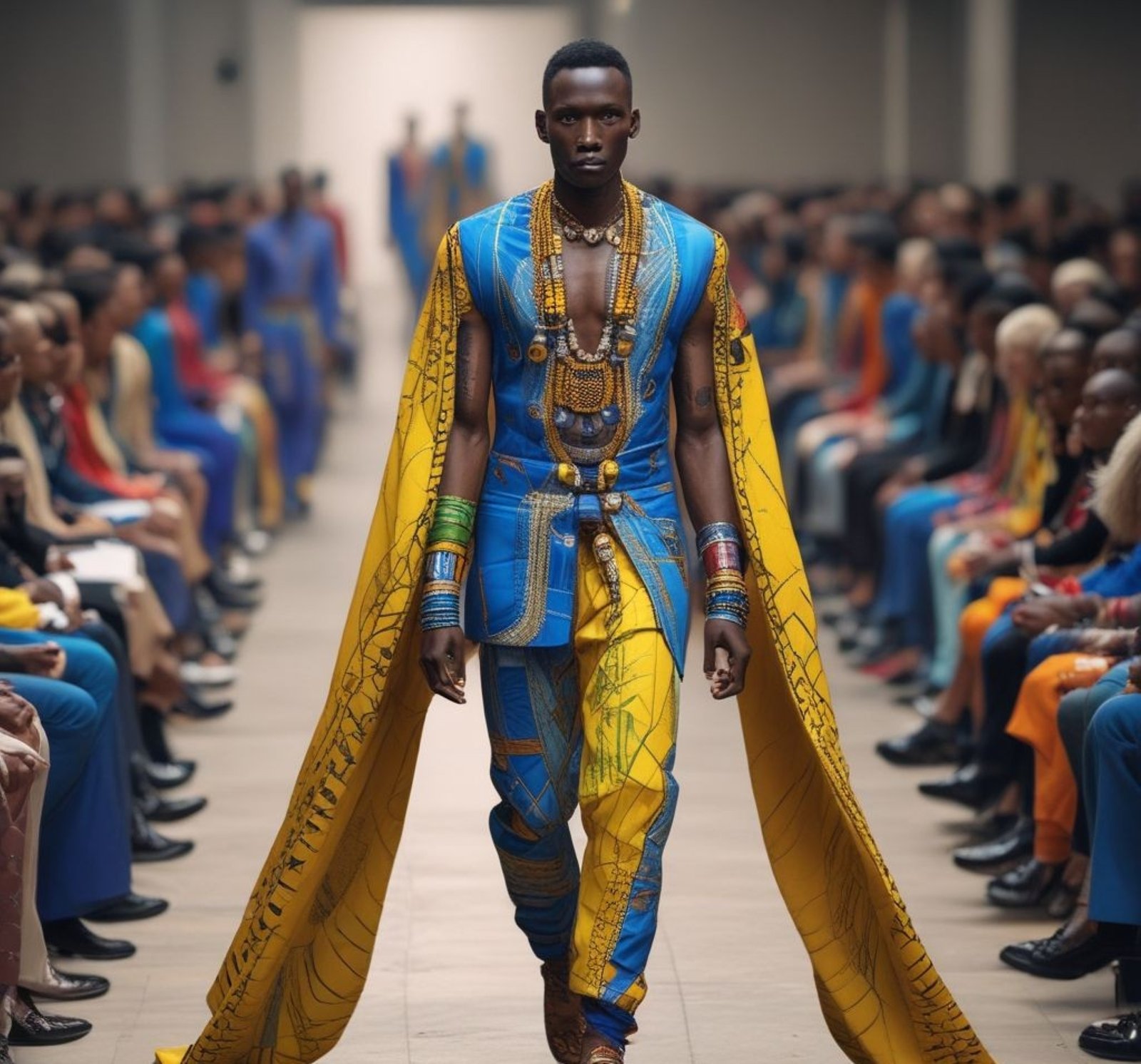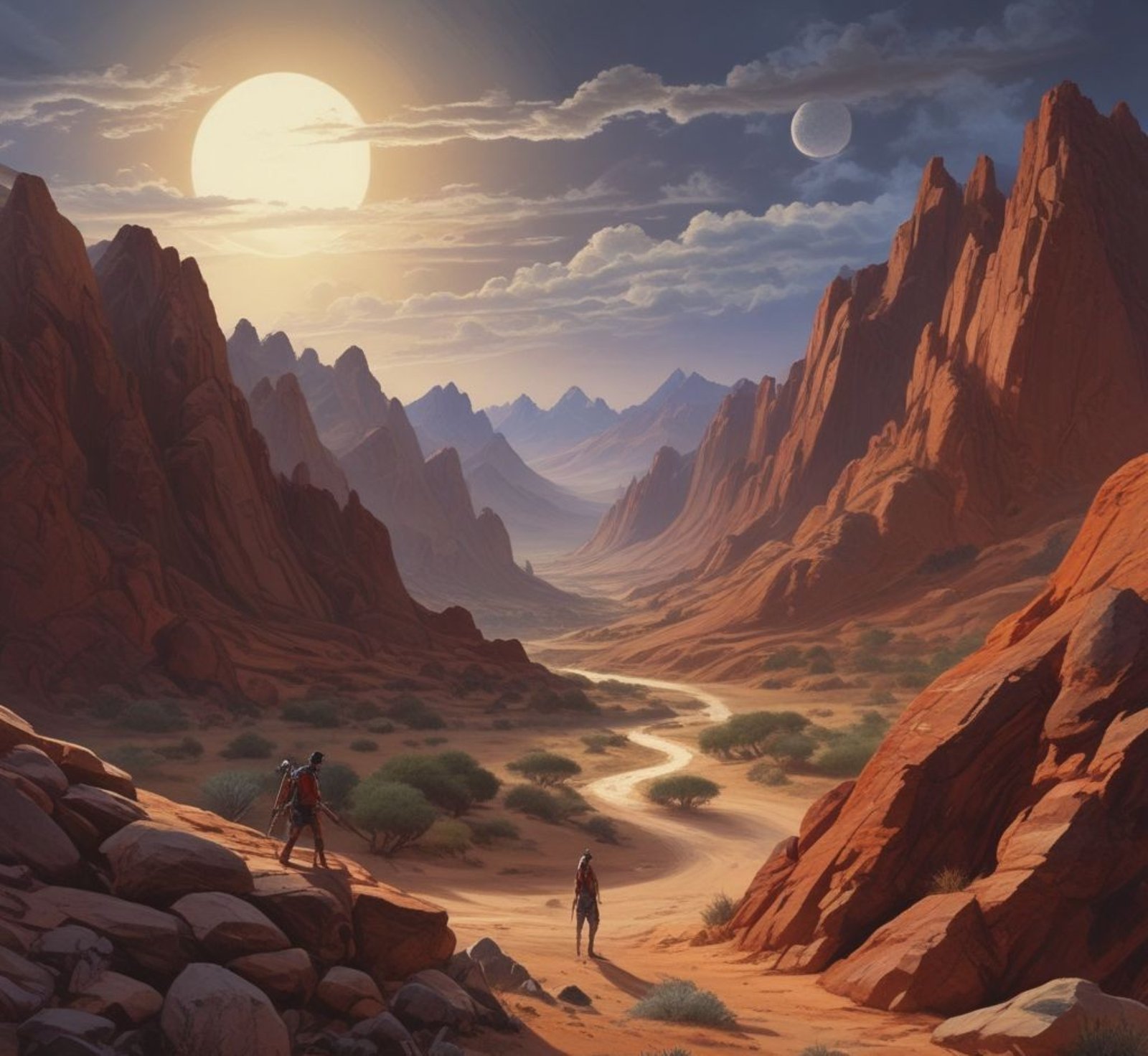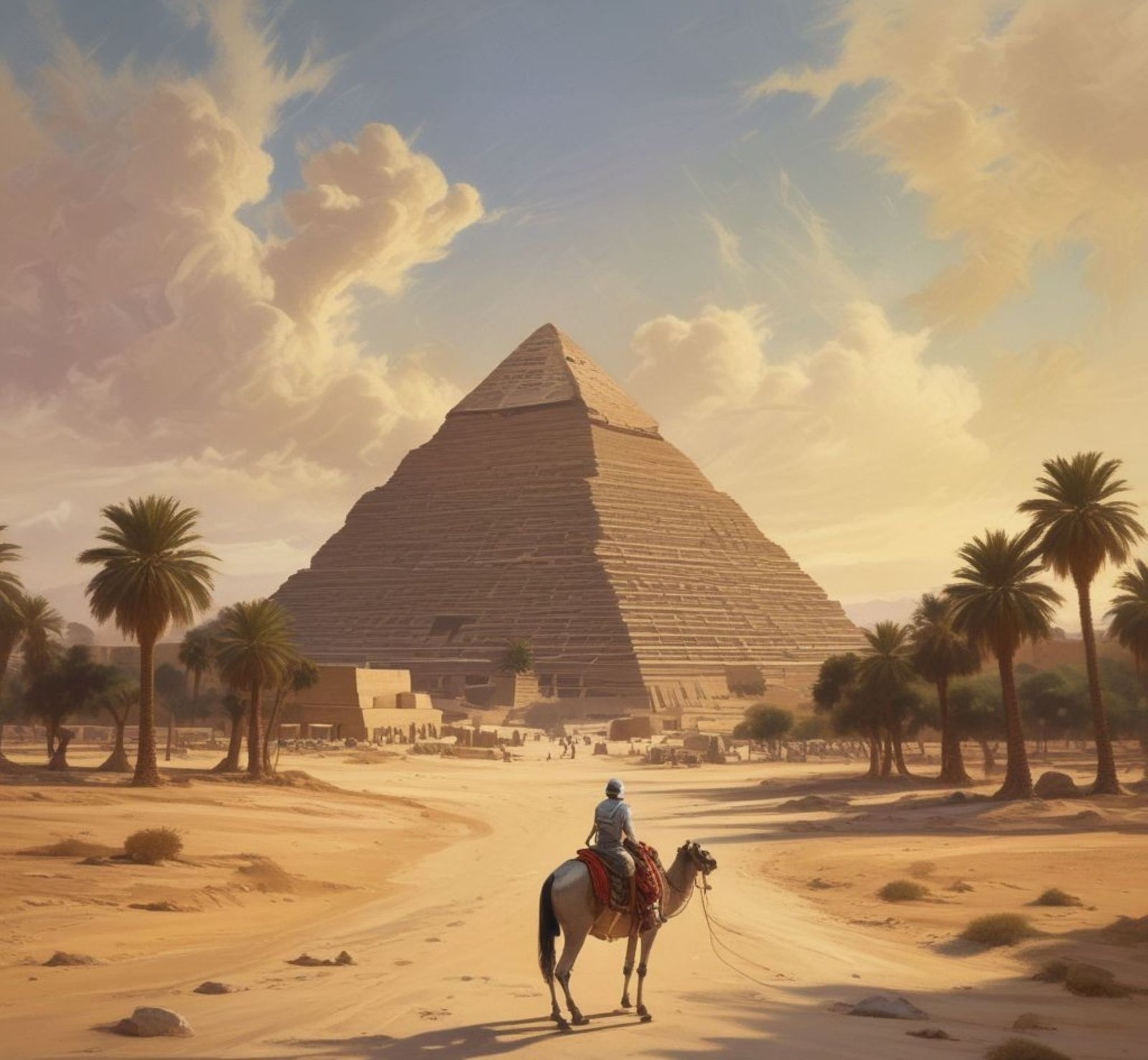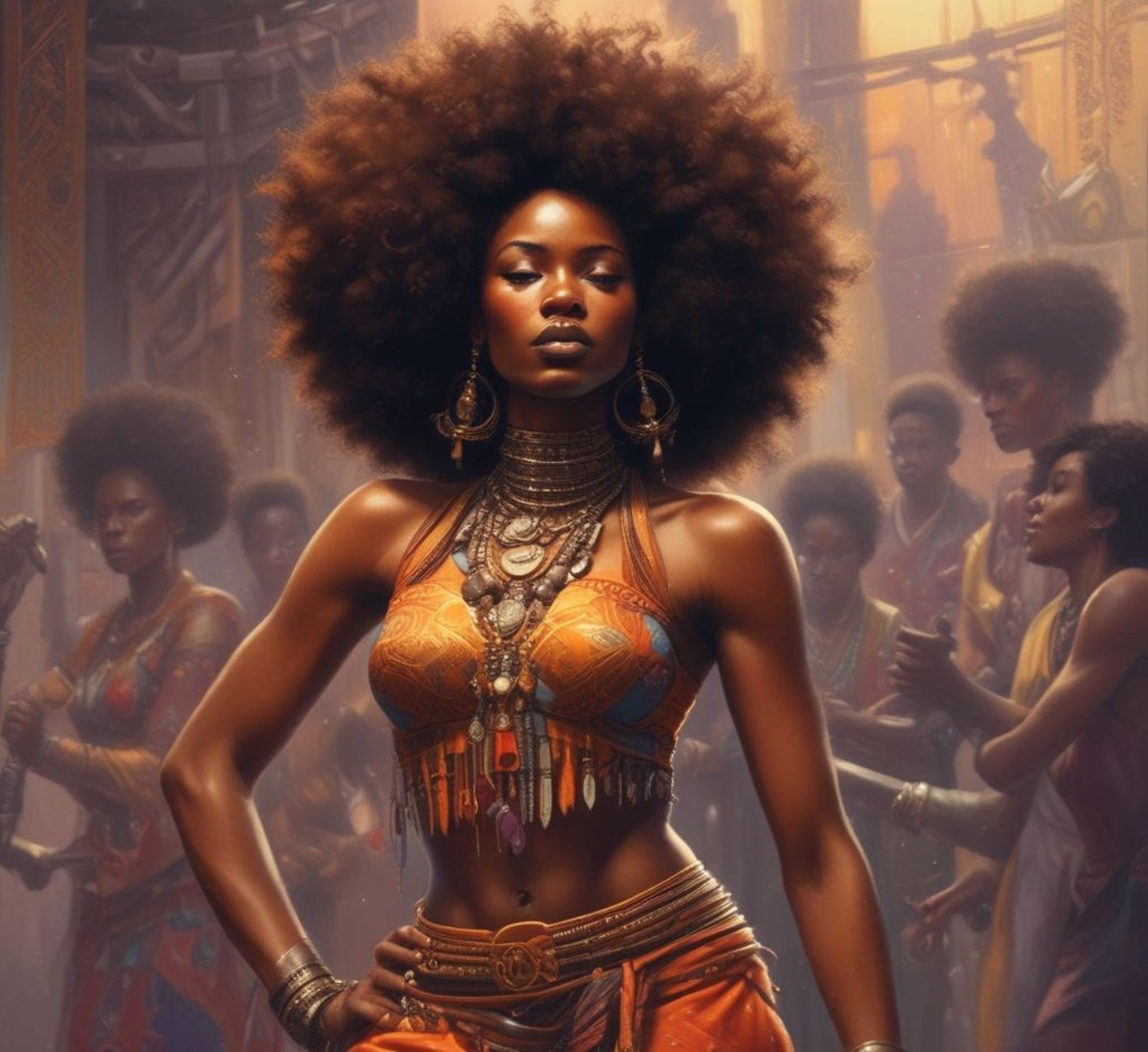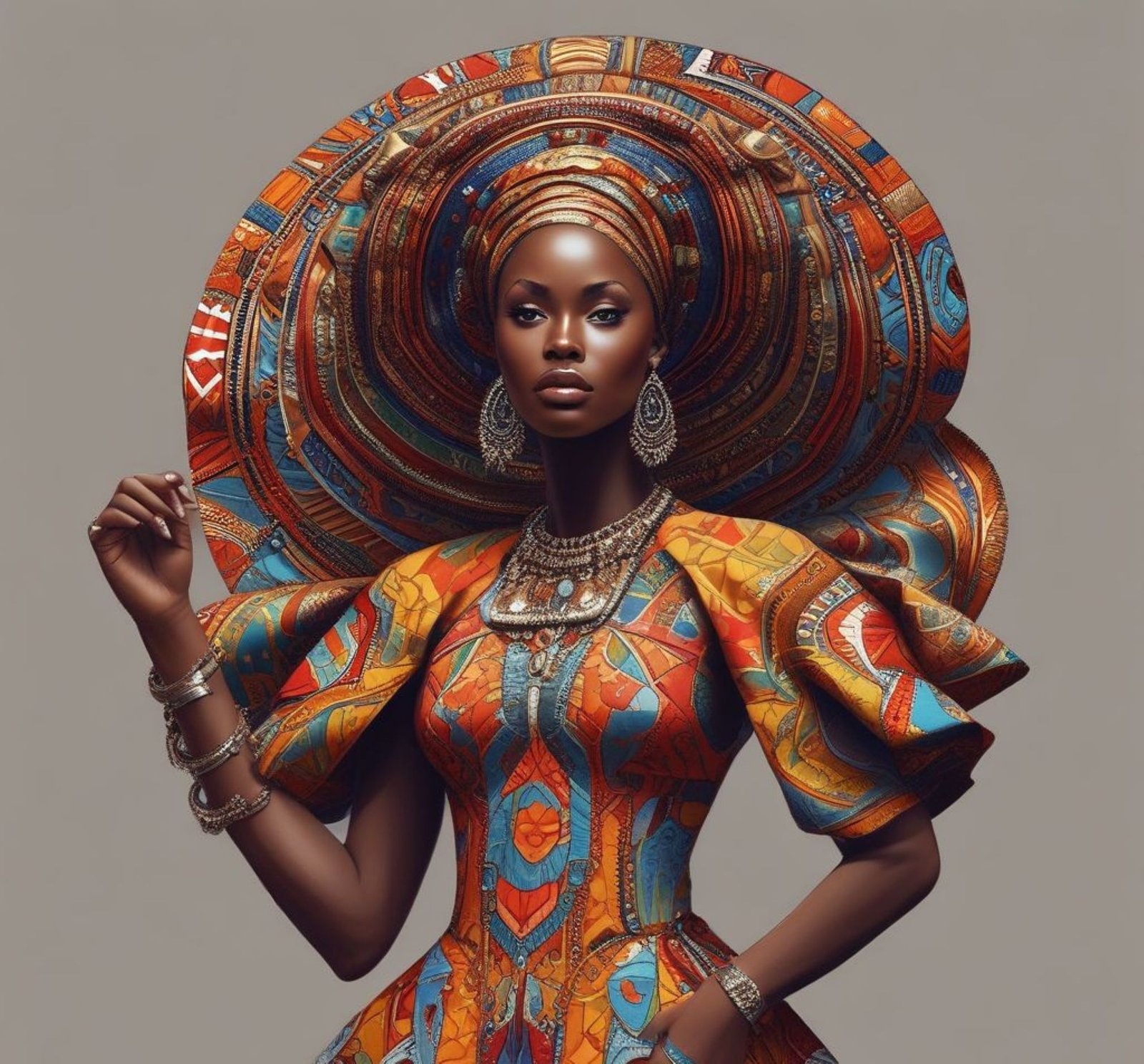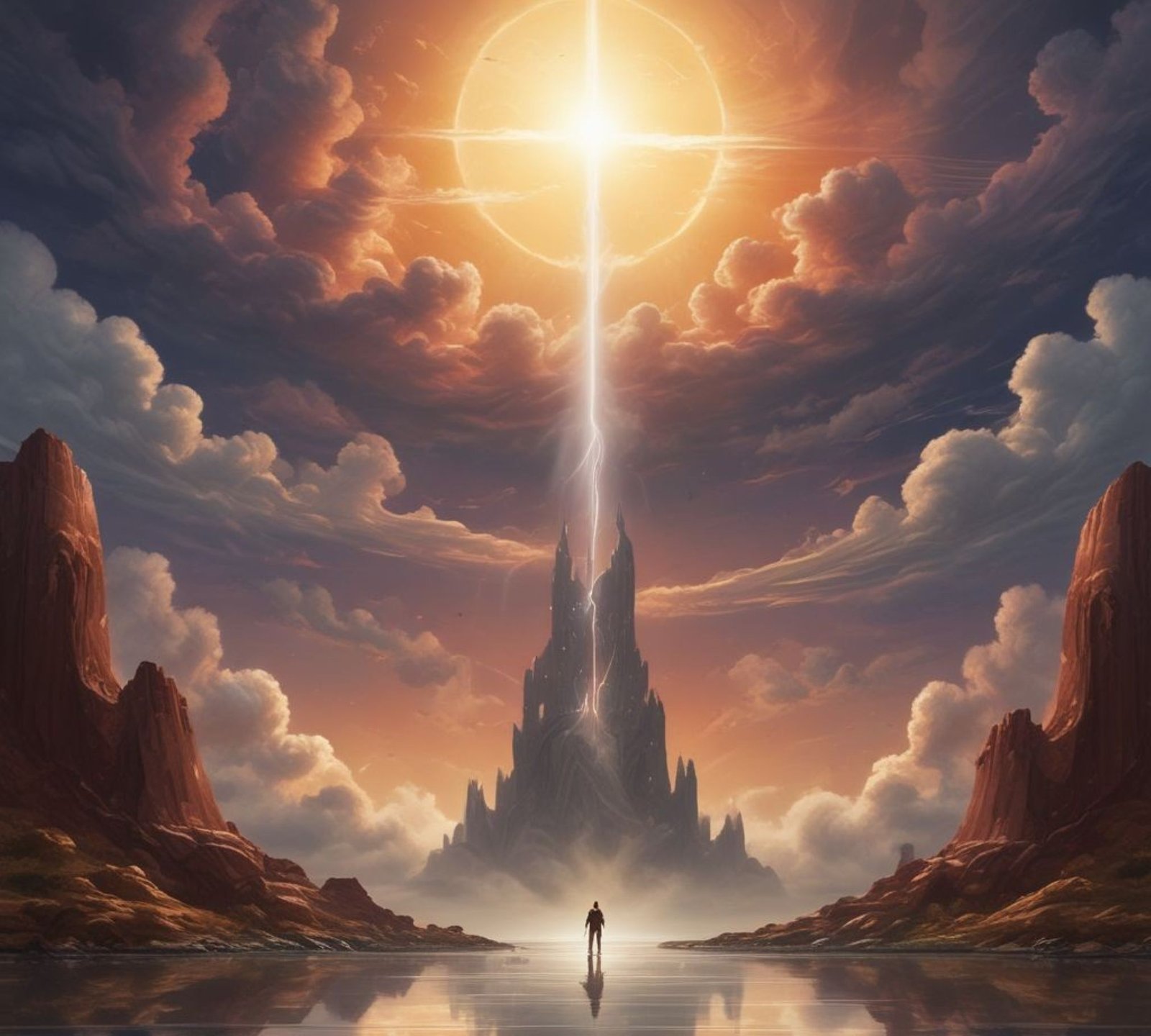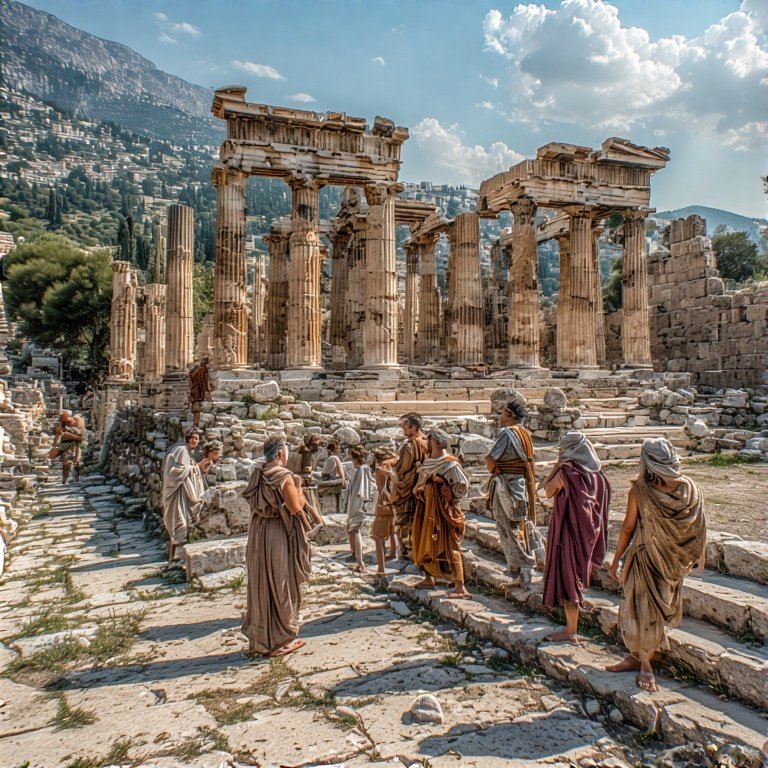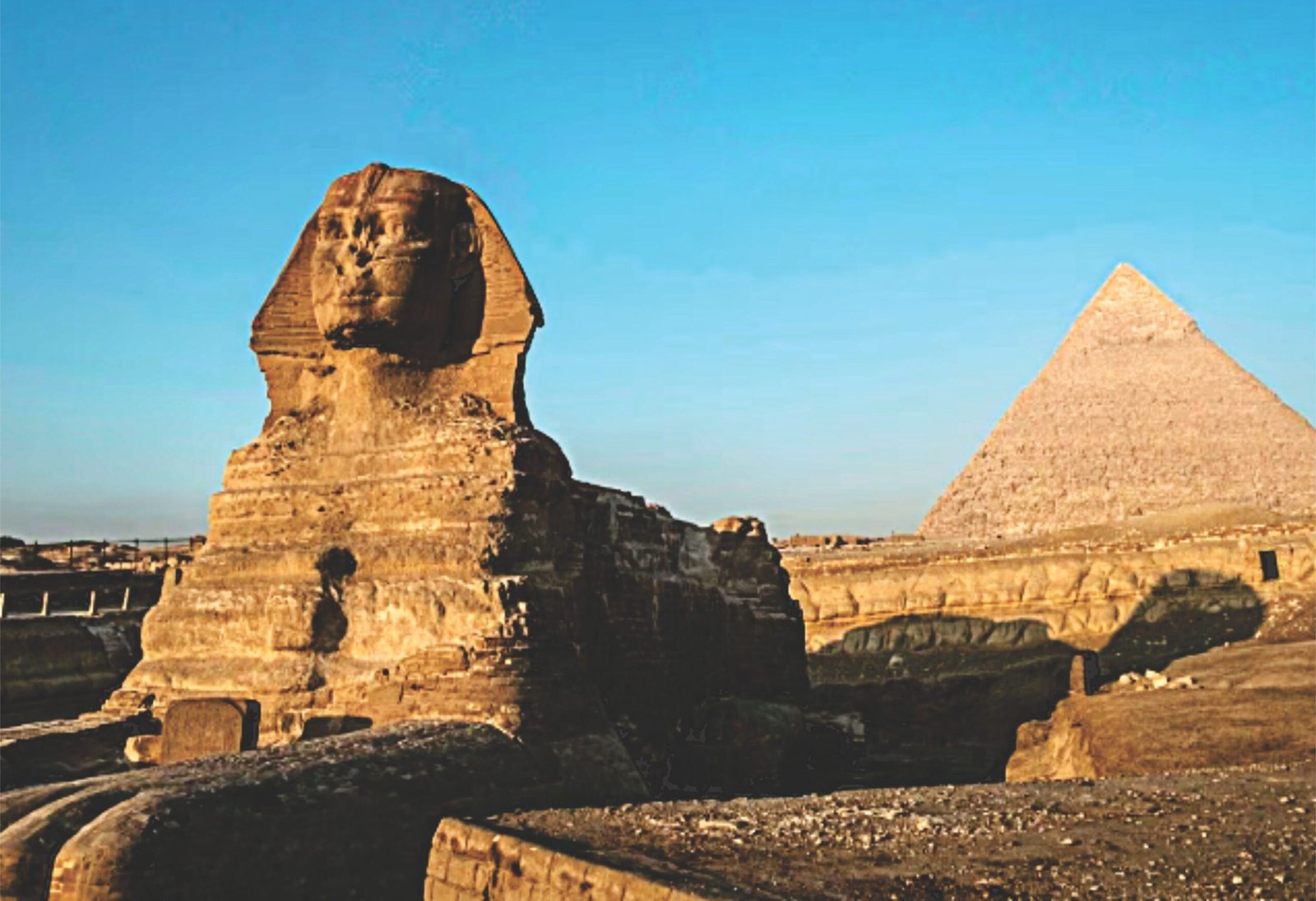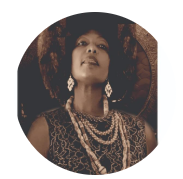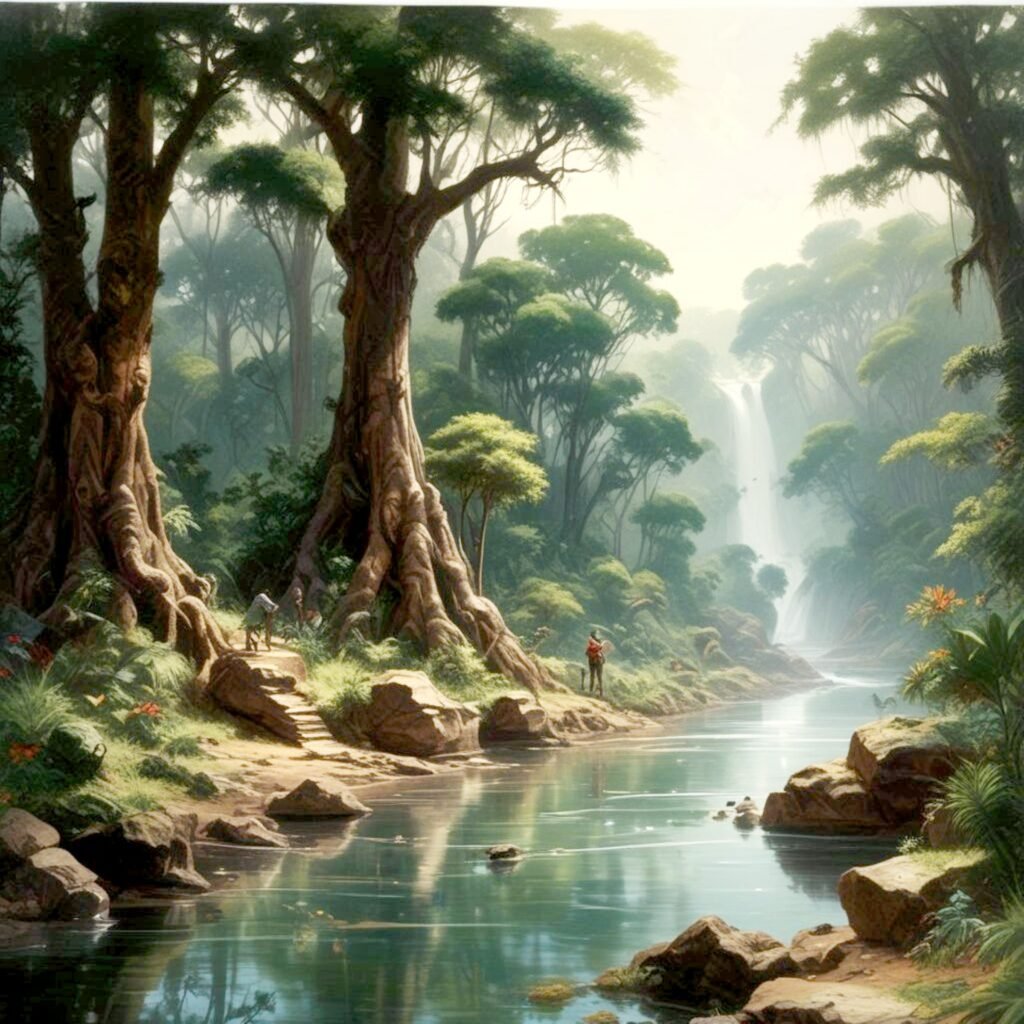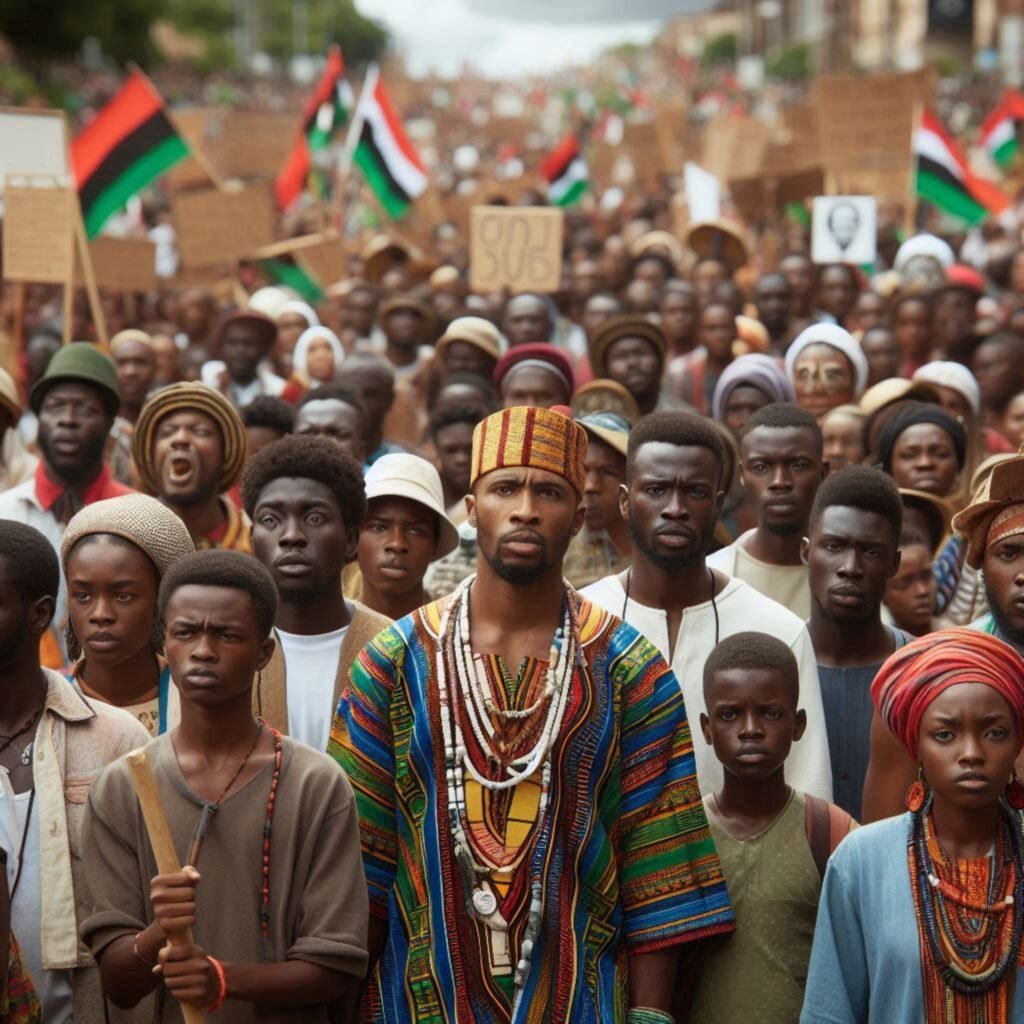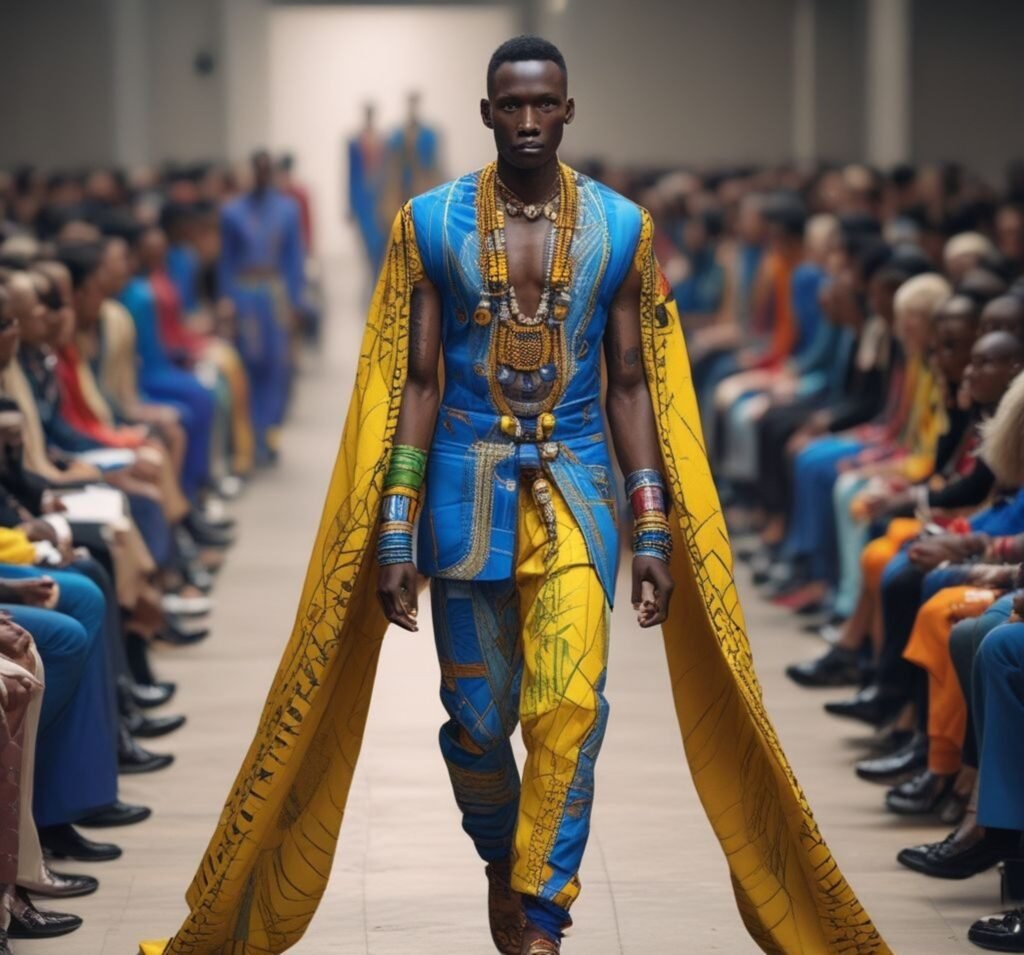Table of content
Introduction
African culture is a vibrant arras woven from countless threads of history, tradition and innovation. The continent, with its 54 countries, is home to diverse ethnic groups, each contributing unique languages, art forms, music, rituals, and ways of life. Despite influences from other cultures and traditions, and contemporary globalization, the intersection of arts and fashion in Africa has continued to embody its rich heritage, showcasing not only the continent’s diverse cultures but also its dynamic evolution in the global landscape. From traditional garments that tell stories of ancestry, sculpture with profound significance in portraying spirituality and essence reflecting humanity’s enduring quest for meaning and connection, infusing physical forms with ethereal qualities that transcend mere aesthetics, and identity to contemporary designs that challenge conventions and celebrate individuality,
African Traditional Textiles and Patterns
Mud Cloth, or Bogolanfini Fabric
African fabulous arts and fashion encapsulate the essence of creativity. Traditional Textiles and Patterns is at the heart of African fashion, each with unique symbols and meanings. Mud cloth, or bogolanfini, is dyed using natural materials and often features earthy tones and intricate designs.
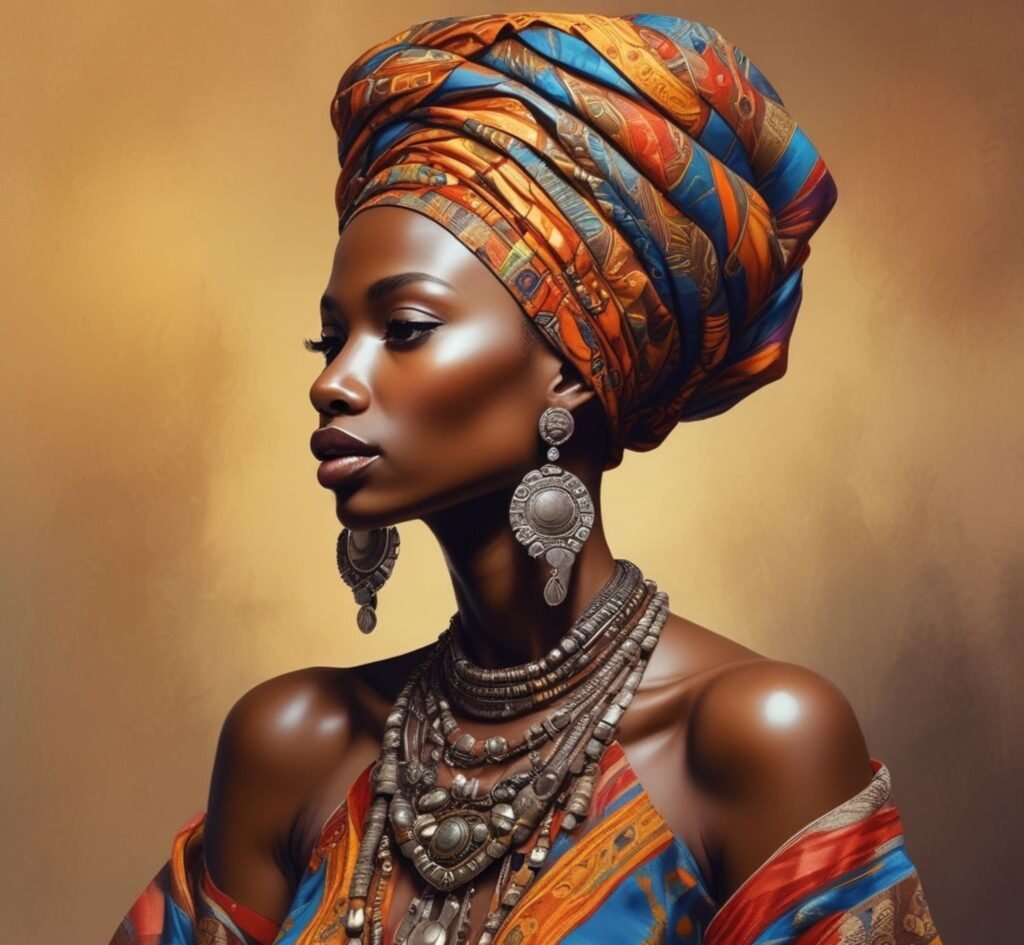
Originally made for ceremonial purposes and as a symbol of identity, mud cloth has transcended its traditional use and is now embraced by contemporary designers globally.
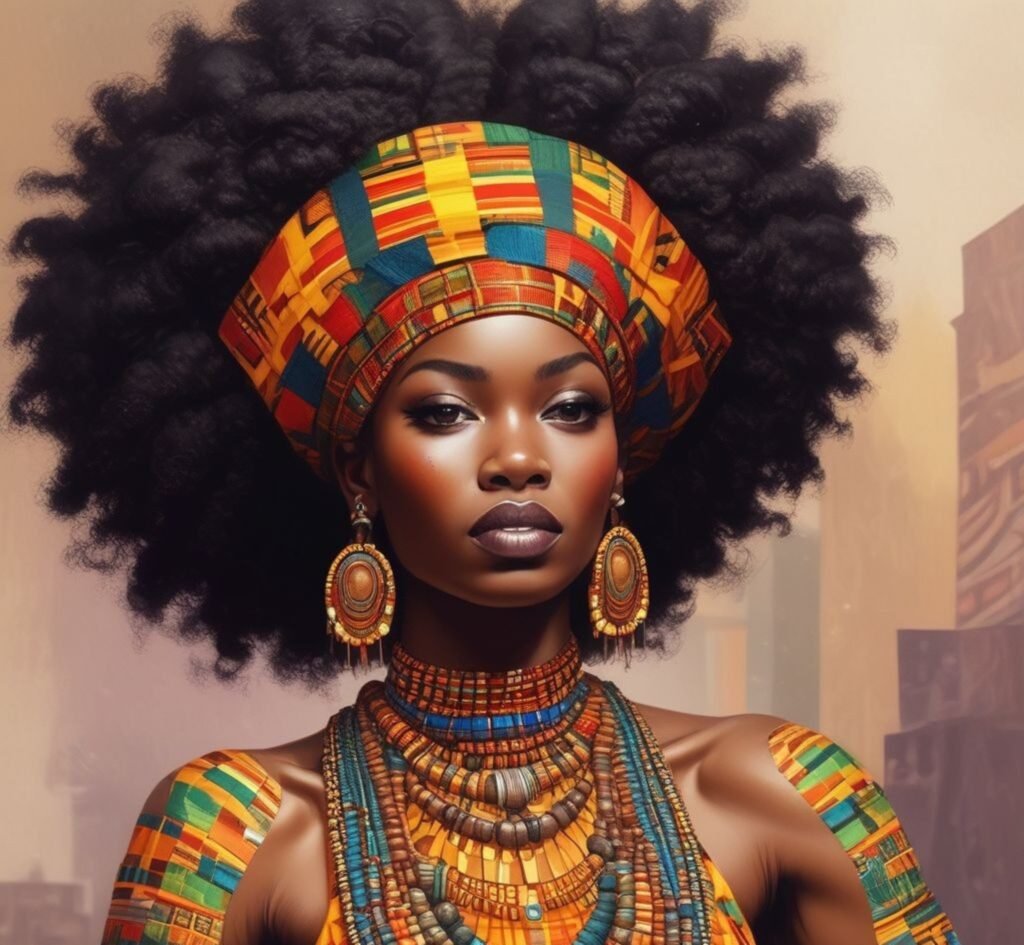
Ghana’s Famous Kente Fabric
Kente cloth, with its vibrant and intricate woven patterns, stands as a hallmark of the Akan people of Ghana, embodying not just a rich heritage, but also a tapestry of stories that resonate with themes of love, struggle, and wisdom.
Traditionally, Kente was reserved for royalty, a signifier of status and elegance. Its deep colors and bold designs speak volumes about the identity and values of the Akan people.Each pattern has a name and a meaning, narrating tales of love, struggle, and wisdom. The process of making Kente is as rich as the fabric itself. Traditionally handwoven on looms, the craft requires great skill and patience. Artisans, often from a lineage of weavers, dedicate themselves to perfecting their craft, frequently employing bright colors that are emblematic of vital aspects of life. Gold, symbolizing wealth and royalty, is complemented by green for fertility and growth, red for strength and struggle, and white for purity and peace. Thus, the cloth not only serves as attire but also as a visual representation of hope, aspirations, and the spirit of the people.
Nigeria’s Ankara Colorful Fabric
Nigeria’s Ankara fabric, often referred to as ‘African print’ or ‘Dutch wax,’ is a vibrant textile that showcases the nation’s rich cultural heritage and artistic expression. Known for its bold colors and intricate patterns, Ankara fabric has become a significant aspect of not only Nigerian fashion but also a symbol of African identity across the globe.Ankara,
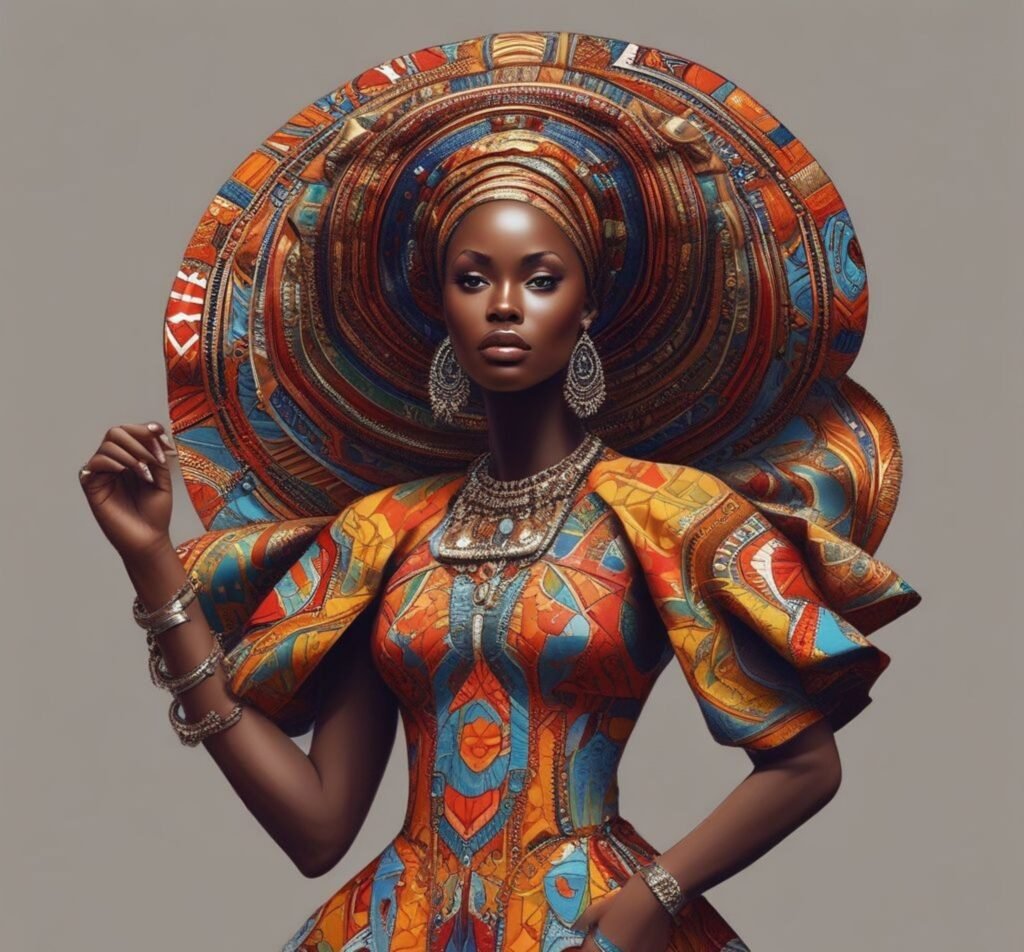
known for its bold colors and lively patterns, has become a staple in African and Western fashion, worn by individuals to celebrate their culture or as a fashion statement. Innovative African Designers of recent time are re-imagining traditional crafts to create modern aesthetics that resonate on an international scale.
Designers like Ozwald Boateng, a British-Ghanaian tailor known for his innovative approach to menswear, infuse African artistry into contemporary fashion. His bespoke suits, often adorned with vibrant African prints, challenge the notions of classic tailoring and celebrate African heritage. Another notable name is Lisa Folawiyo, whose label, Jewel by Lisa, is celebrated for its sophisticated integration of traditional Nigerian textiles with modern silhouettes. By revamping the use of ankara in elegant dresses and chic daywear, she bridges the gap between the old and the new, making African fashion relevant to today’s global scene.
African Arts
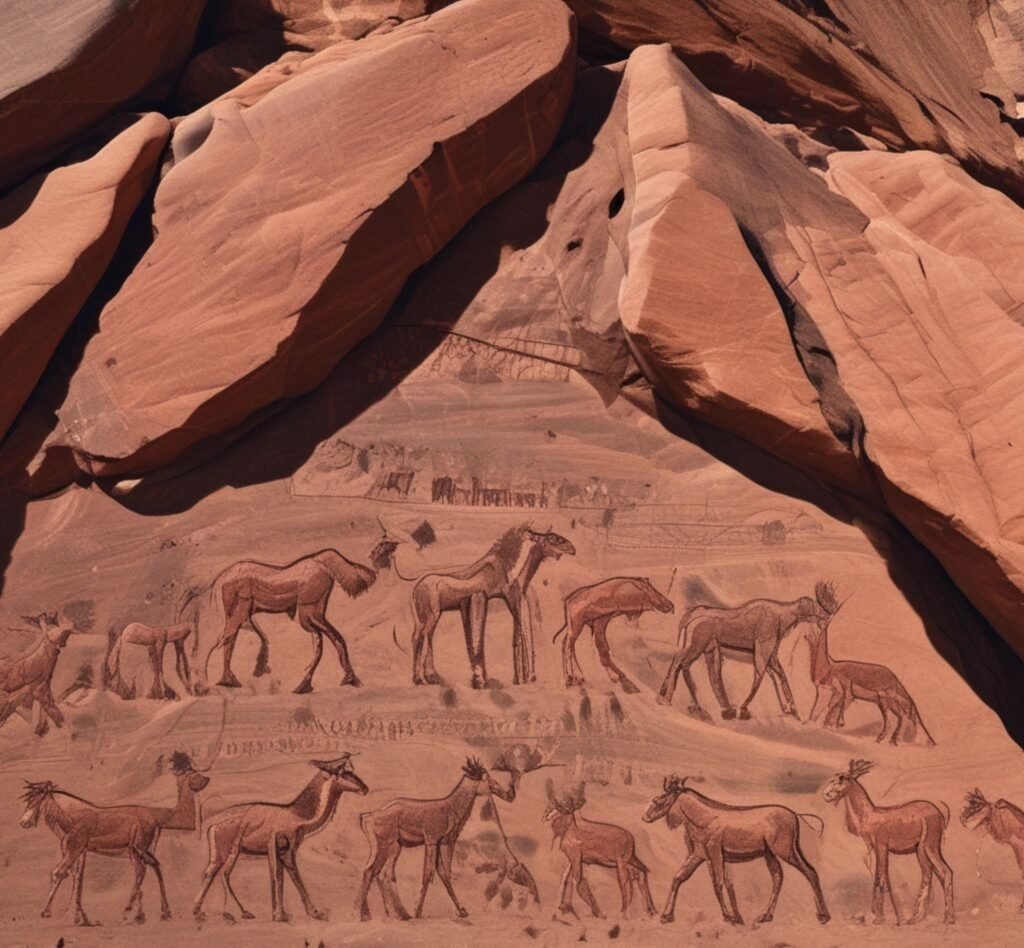
Prehistoric Rock Art
The ancient history of African arts and sculpture is rich and diverse, reflecting the continent’s complex cultures and histories over millennia. From the earliest times, art in Africa has been a crucial part of community life, serving not only aesthetic purposes but also spiritual, social, and political functions.
The oldest known art forms in Africa date back to around 30,000 years ago, with the discovery of prehistoric rock art found in sites like the Tassili n’Ajjer in Algeria and the Drakensberg Mountains in South Africa. These paintings, often depicting human figures and animals, were likely used for ritualistic purposes or as a means of communication.
Similarly, the well-preserved rock engravings in places like Twyfelfontein in Namibia indicate complex symbolism tied to the region’s spiritual beliefs. One of the most striking aspects of African sculpture is its diversity, stemming from the continent’s numerous ethnic groups and cultures. Each community has its own distinct artistic traditions, which are often deeply intertwined with local beliefs and practices
African Sculptures
Ancient African Sculptures
Ancient African sculptures represent a rich cultural heritage and artistic expression that span thousands of years. These remarkable artworks reflect the diverse traditions, beliefs, and identities of various African societies across the continent. Sculpture in Africa is more than mere decoration; it serves a multitude of purposes.
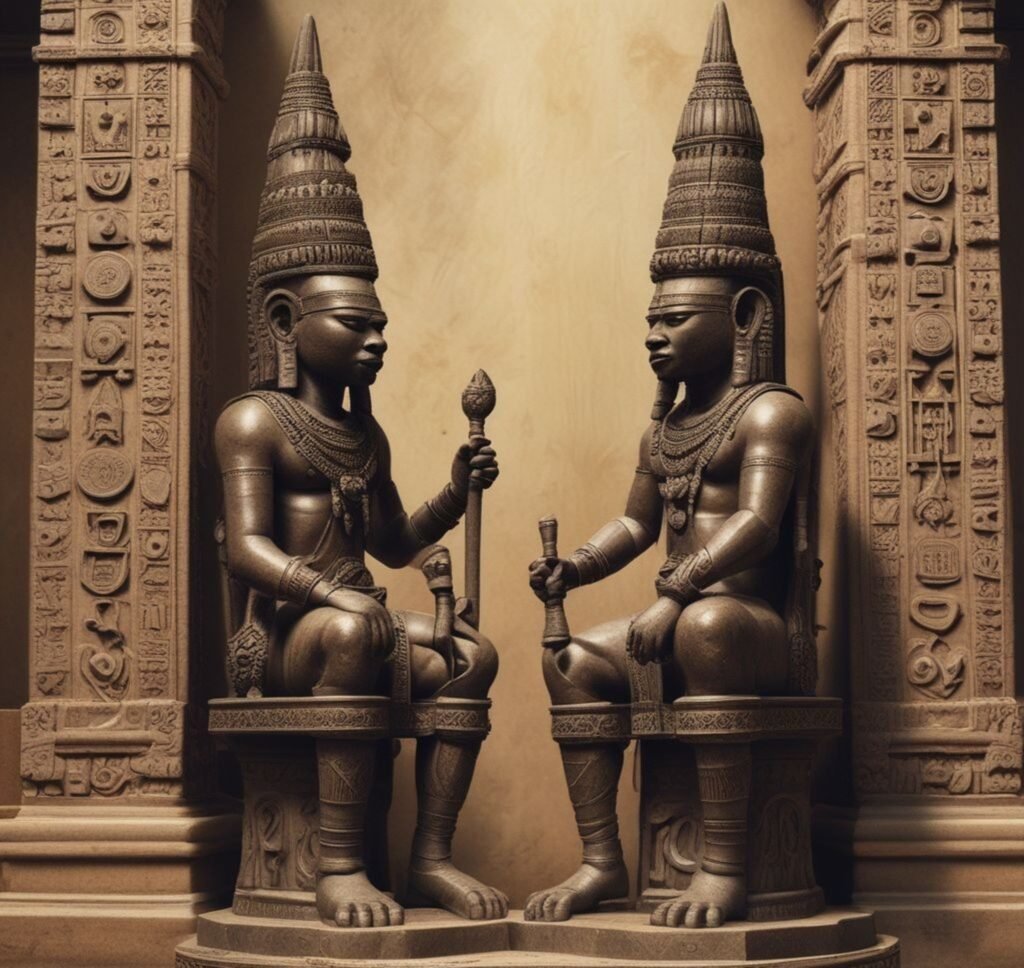
From religious and spiritual significance to political power and social status, these objects embody the values and aspirations of the communities that created them. Often crafted from materials like wood, stone, metal, and clay, each piece tells a unique story, offering insights into ancient customs, rituals, and daily life. The artistic styles of African sculptures are immensely varied, influenced by ethnic backgrounds, available resources, and local traditions. For example, the stylistic precision of the Benin bronzes showcases a high level of technical skill and design sophistication. These cast metal sculptures were made to commemorate rulers and significant events, illuminating the political history of the Benin Empire. The facial features are often idealized, emphasizing nobility and strength, revealing the importance of leadership within this society.
The Kingdom of Benin, located in present-day Nigeria, boasts a rich heritage punctuated by an extraordinary legacy of art and culture, particularly known for its remarkable sculptures. Emerging around the 13th century and continuing until the British invasion in 1897, the kingdom’s artistic expression is a testament to its sophisticated social and political structures, as well as its spiritual beliefs.
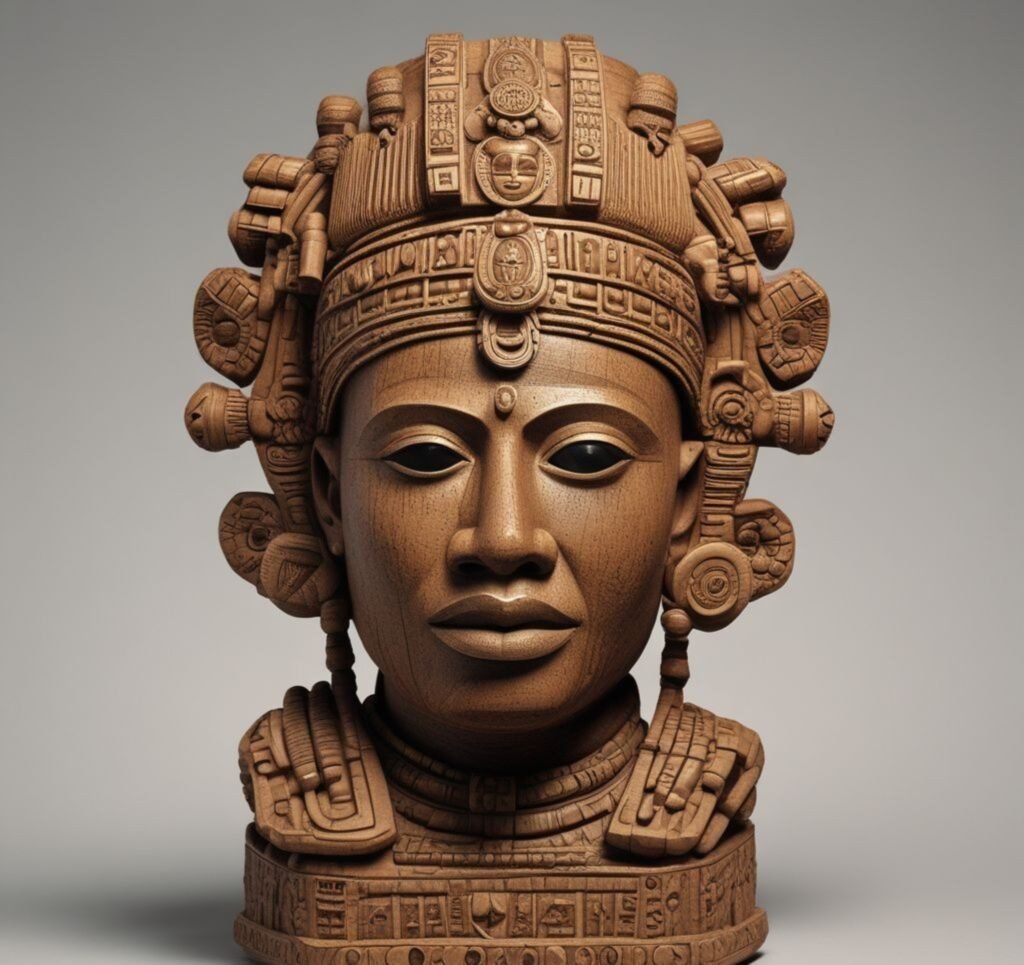
Kingdom of Benin Art
One of the hallmarks of Benin art is its intricate sculptures made from ivory, bronze, and wood, representing a range of subjects, including historical figures, deities, and elements of everyday life. The royal courts of Benin were famed for commissioning artists who would craft these majestic pieces, which often served not only as decoration but also as a means of preserving the history and lineage of the royal family.
Sculptures often depicted important individuals such as warriors, queens, and the king himself, while also integrating a range of symbolic imagery. Figures are frequently adorned with intricate jewelry, mask-like faces, and stylized body forms, all serving to communicate the prowess, status, and spirituality of the subjects. The artists of Benin were experts in their craft, capable of producing lifelike representations that also blended with broader cultural significances.
Yoruba Sculptures From Nigeria
The Yoruba sculptures from Nigeria are known for their sophistication and attention to detail. Often created from materials such as wood, bronze, or terracotta, Yoruba artists have crafted magnificent figures that depict deities, ancestors, and royalty.
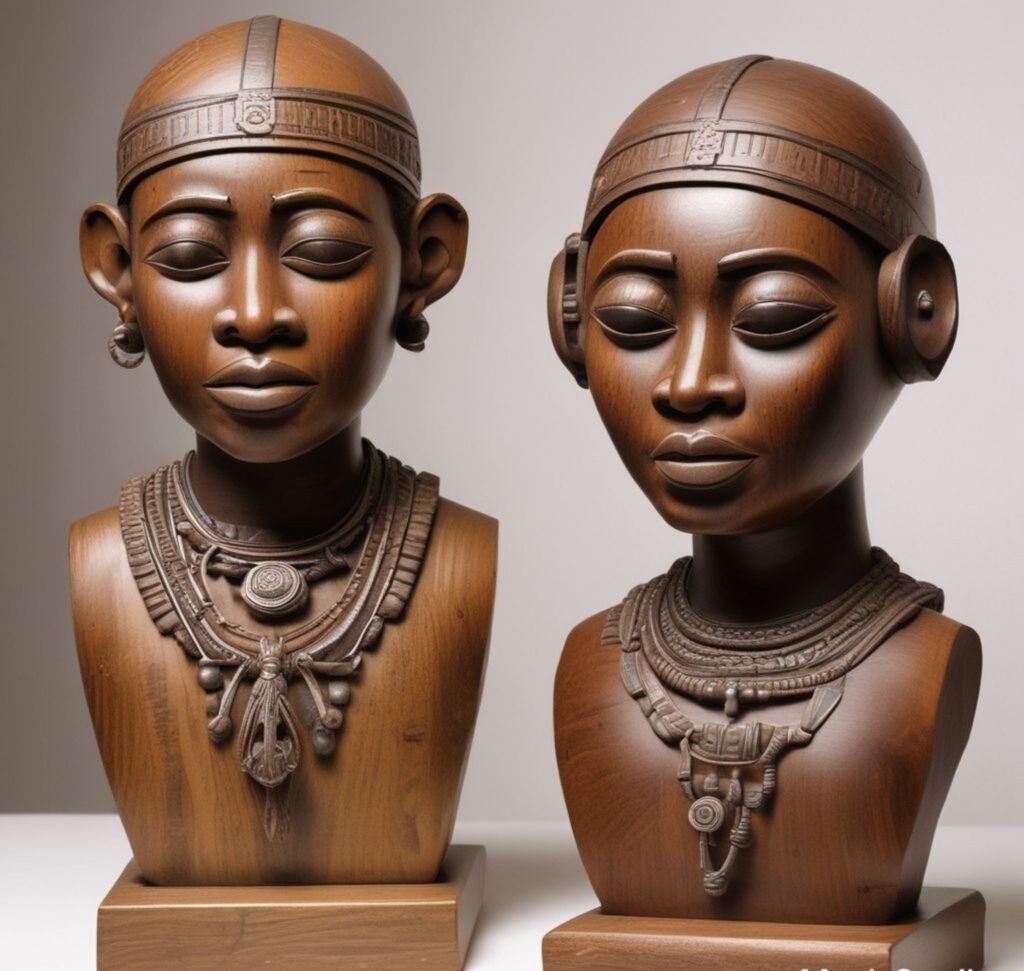
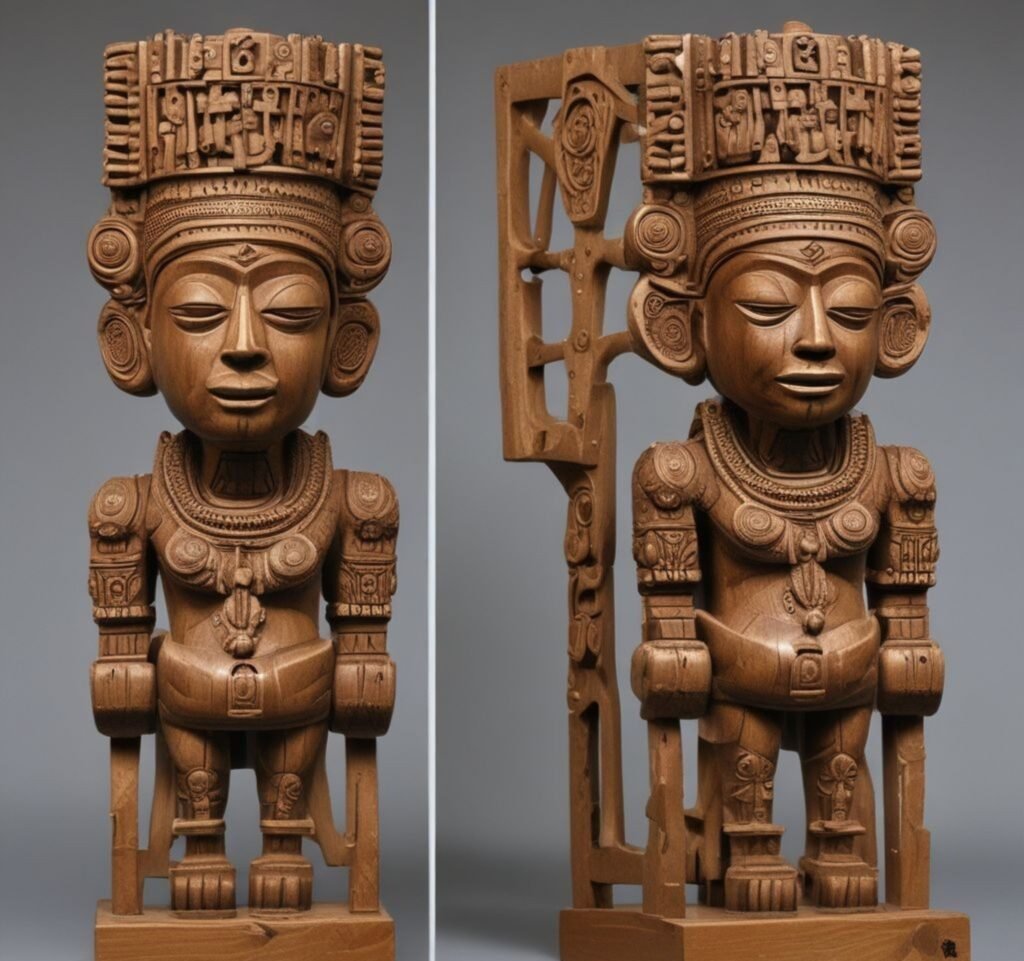
Yoruba Sculptures From Nigeria
Notably, the caryatid-like sculptures and the elaborate masks used in their rituals exemplify the community’s profound connection to spirituality and social hierarchy. Each piece tells a story, one that reflects the values, history, and beliefs of the Yoruba people.
African Dance
African cultural dance is a vibrant and integral part of the continent’s rich heritage. With its diverse ethnic groups, languages, and traditions, Africa showcases a stunning array of dance forms that vary from region to region, and even within communities. These dances are not just about movement; they serve as a vital expression of identity, spirituality, and community cohesion.
At its core, African dance is deeply intertwined with the rhythms of life—celebrating harvests, marking rites of passage, honoring ancestors, and telling stories. Each movement, beat, and song is steeped in meaning. For instance, dances performed during weddings often emphasize joy and unity, while those commemorating a deceased elder may convey mourning and reverence.
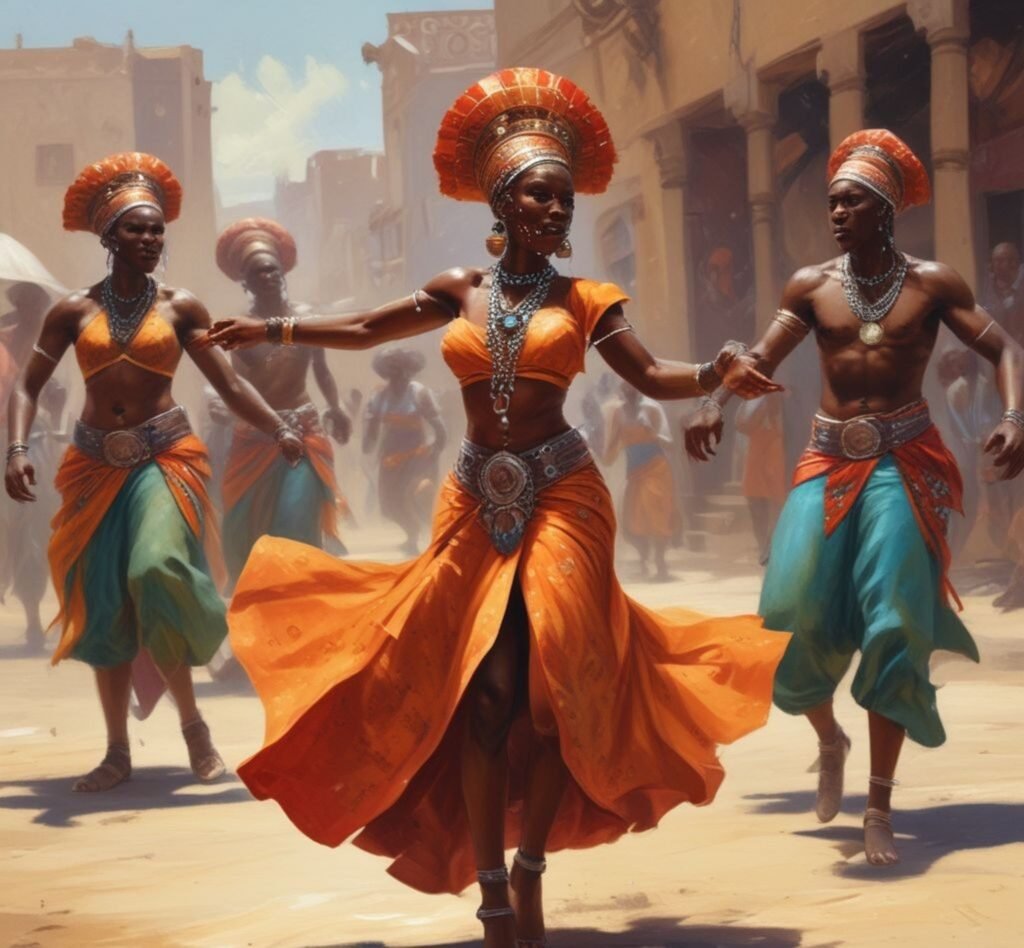
Ewe Dance
Ewe dance is distinguished by its lively rhythms, which are typically accompanied by traditional music. The instruments used in Ewe music include drums, xylophones, and various percussive instruments that create complex polyrhythms. The drums play a particularly crucial role, with different types of drums producing different sounds that guide the dancers’ movements.
Each dance is tied to specific rhythms, and dancers must be attuned to these to ensure a harmonious performance.it is a reflection of the environment, embodying the sounds, sights, and spirit of its region. The intricate footwork, the dynamic body movements, and the spirited expressions of the dancers resonate with the very essence of life – its joys, sorrows, struggles, and celebrations.
Costumes also play a significant role in Ewe dance. Dancers often wear colorful cloths, beads, and other traditional adornments that reflect their cultural identity. These costumes not only beautify the performers but also serve to signify different roles or statuses within the dance. For example, in certain dances, the leader or chief dancer may wear more elaborate attire compared to the rest of the troupe, emphasizing their status.
The Zulu Dance
The Zulu dance, an integral part of South Africa’s rich cultural heritage, is a vibrant expression of the Zulu people’s history, beliefs, and social dynamics. This traditional dance form is not only a form of entertainment but also serves as a means of storytelling, celebration, and community bonding.Zulu dances are typically performed at various life events, including weddings, festivals, and ceremonial gatherings.
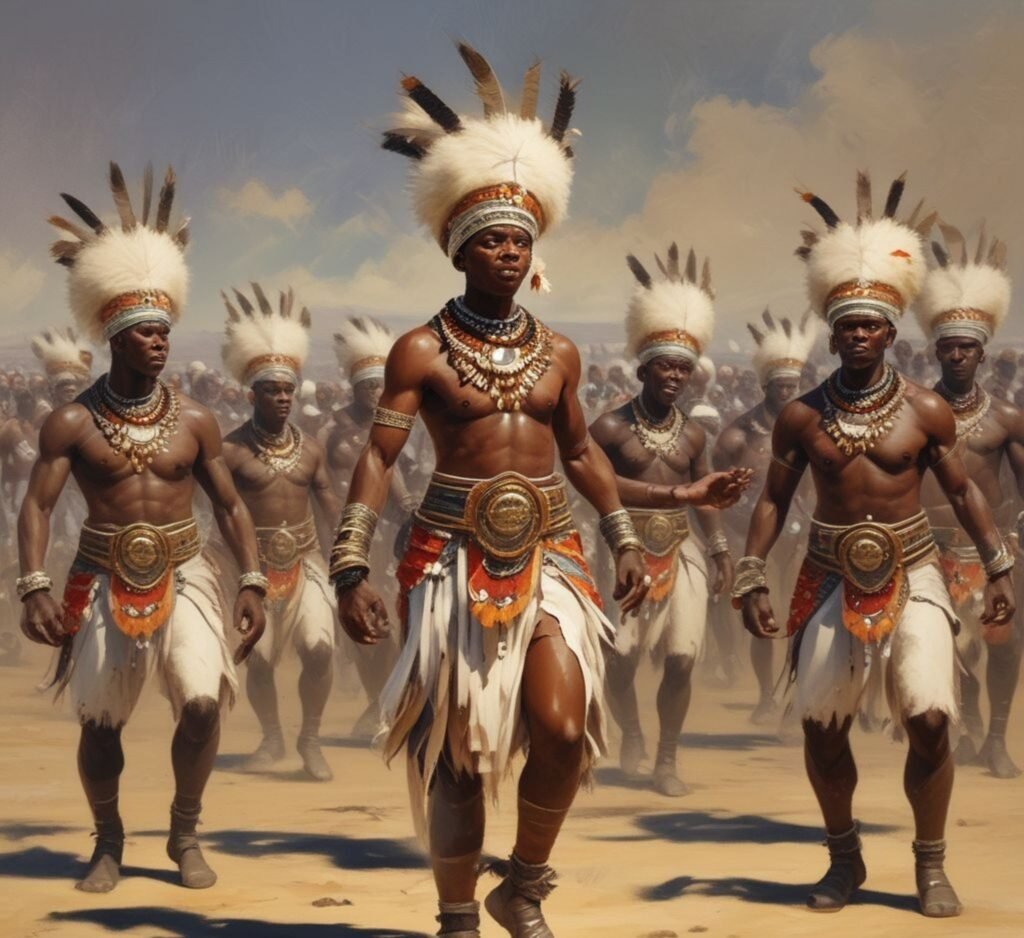
Each dance holds specific significance and is accompanied by unique music, which is predominantly characterized by the rhythmic beat of drums and the harmonious call-and-response singing style typical of Zulu culture. One of the most well-known Zulu dances is the “Indlamu,” often referred to as the Zulu warrior dance. This dance is a display of strength and agility, traditionally performed by men in colorful attire adorned with beads and animal skins. The movements are bold and energetic, illustrating the warriors’ bravery and readiness to protect their people. Dancers often engage in synchronized formations, showcasing their skill and coordinated timing, making it a captivating sight for spectators.


